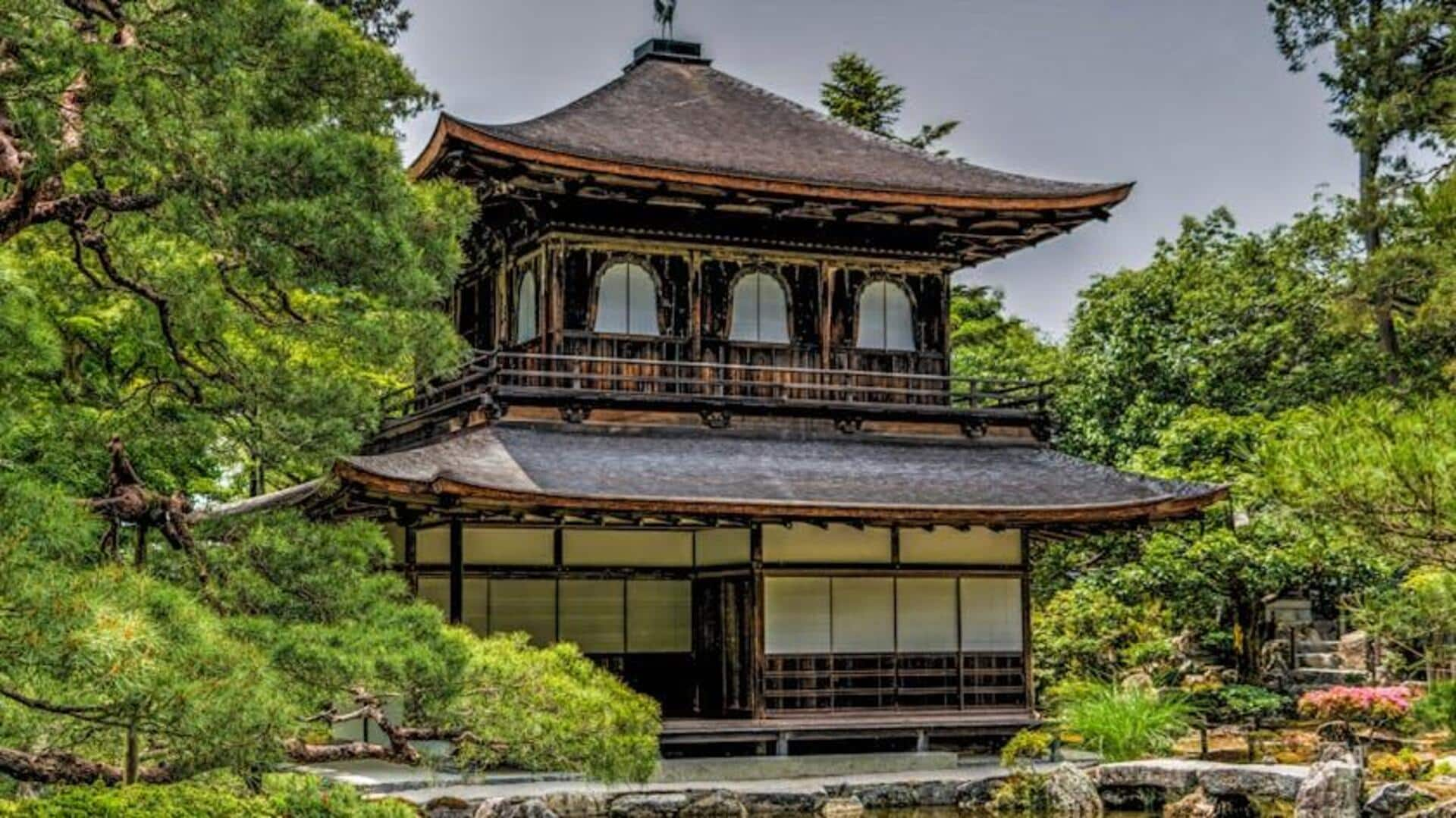
Unveiling Kyoto's misunderstood traditions
What's the story
Kyoto, the heart of Japan's cultural heritage, is a city where ancient traditions blend seamlessly with modern life. Often misunderstood by outsiders, Kyoto's customs and practices hold deep meanings and historical significance. This guide aims to shed light on some of the most commonly misconceived traditions in Kyoto. It offers travelers a deeper understanding and appreciation of this enchanting city.
Geisha misconception
The secret behind geisha culture
Many visitors come to Kyoto with preconceived notions about geishas, often mistaking them for mere entertainers or confusing their roles with those of other countries' traditional figures. In reality, geishas are highly skilled artists trained in classical music, dance, and the art of conversation. Their profession is a living tradition that embodies the refined aesthetics and grace of Japanese culture.
Zen gardens
The true meaning of Zen gardens
Zen gardens are another aspect of Kyoto that is often misunderstood. Visitors may see these minimalist rock gardens as simple landscaping efforts without grasping their deeper purpose. Each element in a Zen garden is meticulously placed to encourage meditation and introspection. These tranquil spaces are designed to represent the natural world in an abstract way, inviting viewers to reflect on the larger cosmos.
Tea ceremony
Misinterpretations of tea ceremony etiquette
The Japanese tea ceremony is not just about drinking tea; it's a spiritual and philosophical experience emphasizing harmony, respect, purity, and tranquility. Many tourists participate without understanding the significance behind each gesture and utensil used during the ceremony. This tradition is a form of art that celebrates the beauty found in simplicity and brings people closer together through a shared experience.
Torii gates
The symbolism behind Torii gates
Torii gates are iconic structures that mark the entrance to Shinto shrines throughout Kyoto. While undeniably picturesque, their true meaning extends beyond physical appearance. These gates symbolize the boundary between the mundane world and sacred spaces. Passing through a Torii gate signifies entering a place of spiritual cleansing and renewal, marking a transition into a realm of purity.
Kintsugi philosophy
Understanding Kintsugi: Beauty in imperfection
Kintsugi, or golden joinery, is not just a repair method for broken pottery. It embodies a life philosophy that embraces flaws and imperfections as part of an object's history. This tradition celebrates resilience, viewing breaks as milestones in an object's story, not its end. It teaches us to find beauty in imperfection and resilience in breakage.